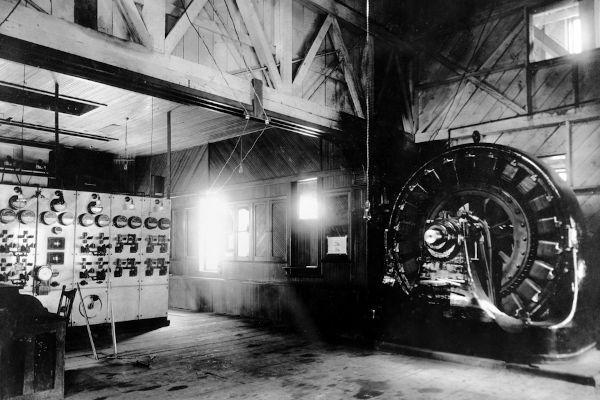Brazil has a territory of large dimensions, placing itself as one of the largest in the world, in addition to being one of the most populous, as it totals 190,755,799 inhabitants, however, it is depopulated in terms of demographic density, only 22.4 inhab/km².
To know the number of inhabitants in Brazil, it is necessary to carry out a census, which is the collection of data statistics on the number of inhabitants of a city and that when added together the results are obtained nationals.
The first Brazilian census was carried out by the Bureau of Statistics in 1872, through the order of Emperor D. Pedro II, in which the official survey of the number of inhabitants was carried out. From that period until 1940, the census was carried out every twenty years, from that date onwards the process started to be carried out every ten years.
To analyze the reality of the population regarding the context of populous and populated, it is necessary to know the meaning of each concept. Populous, or absolute population, corresponds to the sum of inhabitants of a given place, disregarding the relation of space they inhabit. The concept of
town corresponds to the direct link between the number of inhabitants and the geographic areas or inhabited space, that's how the demographic density is established, that is, the number of people per km², called relative population.The population of Brazil is unevenly distributed in the territory, in the Southeast, for example, the demographic density is 87 inhab/km², on the other hand, the North region accounts for 4.1 inhabitants per km².
In general, urban centers concentrate the majority of the population, they are usually large cities located along the coast Brazilian, the place where the process of Portuguese colonization, economic activities and also the urbanization process began.
Eduardo de Freitas
Graduated in Geography
Brazil School Team
Source: Brazil School - https://brasilescola.uol.com.br/brasil/brasil-populoso-despovoado.htm



